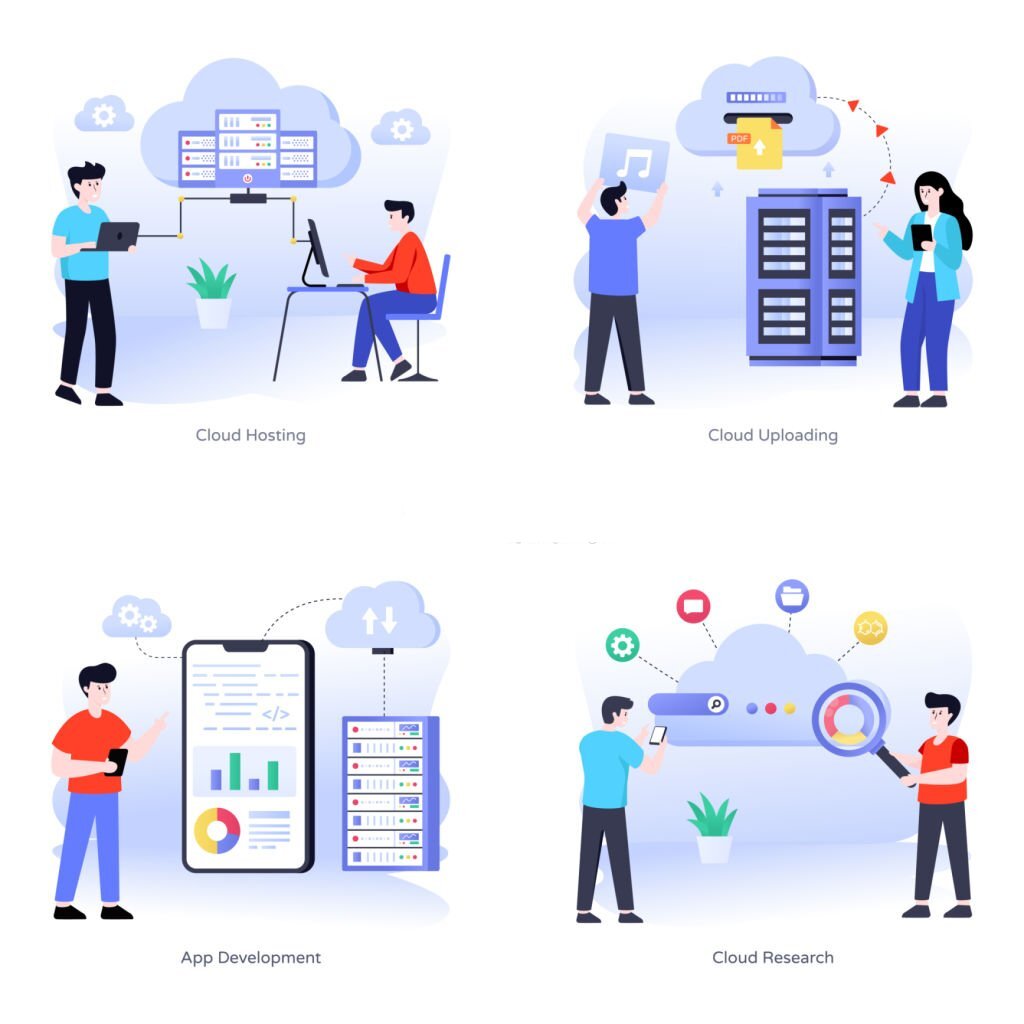HOW TO CREATE A CUSTOMER-CENTRIC STRATEGY FOR YOUR BUSINESS

In today’s competitive business environment in Singapore, merely offering a quality product or service is often not enough to ensure long-term success. A more sustainable and effective strategy lies in being customer-centric. It means that you place the customer at the core of every business decision, from product development to marketing, and even pricing.
Customer-centricity is not just a buzzword; it’s a fundamental approach that seeks to align the entire organizational culture, structure, and operations around meeting and exceeding customer expectations.
Companies adopting customer service improvement strategies focus on creating a positive customer experience at each touchpoint to build brand loyalty and increase customer lifetime value. Why is this critical? Because customers today have more choices than ever before and are empowered by technology to easily compare and switch to competitors.
In such a landscape, businesses can no longer afford to be inward-looking; they must turn their attention to understanding customer needs, preferences, and pain points as intricately as possible.
Why is a Customer-Centric Strategy Important?
The Changing Consumer Landscape
Today’s consumers are empowered. Armed with the internet, they are better informed and have more choices than ever. Because of this, businesses must adapt their strategies to meet evolving customer expectations.
Competitive Advantage
In the sea of competition, differentiating your business can be a challenge. However, a customer-centric approach can set you apart. Businesses that prioritize customer needs often outperform those that don’t.
Increased Customer Retention and Loyalty
Interestingly, it costs five times as much to attract a new customer as it does to retain an existing one. A customer-centric business tends to have higher retention rates, which are directly correlated with profitability.
Financial Benefits and ROI
Increased customer satisfaction can significantly affect your bottom line. Happy customers are more likely to make repeat purchases and recommend your business to others, thereby increasing your revenue.
Understanding Your Customer
- Before crafting a strategy, you must understand who your customers are.
- Study age, gender, income, and other demographic factors.
- Look into interests, lifestyles, and beliefs.
- Note purchasing behaviours, browsing habits, and other activities.
- Identify the most preferred methods of communication, payment options, etc.
Customer Journey Mapping
What is It?
A customer journey map outlines the steps a customer takes from awareness to conversion and beyond.
Why Is It Important?
It helps identify opportunities for enhancing the customer experience.
Steps to Create a Customer Journey Map
- Identify customer personas.
- List touchpoints.
- Consider customer goals and pain points at each stage.
Read More – Software development services in Singapore
Listening to Your Customers
- Customer Feedback Channels: Emails, reviews, and customer surveys are just a few ways to gather this invaluable information.
- Importance of Social Media Listening: Social media is not just for marketing; it’s also a powerful listening tool.
- Conducting Surveys and Focus Groups: These methods can provide nuanced insights into customer needs and expectations.
Aligning Your Organization
Organizational Culture
Employee Training
Your team should be adequately trained in customer relations and service.
Internal Communication Strategies
Effective internal communication is crucial for delivering consistent customer experiences.
Rewards and Recognition
Recognize and reward employees who go the extra mile for customers.
Aligning Product Development
- Importance of Customer Input: Customer feedback can offer critical insights into what features or improvements are needed.
- Iterative Design: An iterative approach allows for continuous improvements based on customer feedback.
- Utilizing Beta Testers: Before full-scale product launches, consider a beta release to a smaller customer segment for real-world testing.
Sales and Marketing Alignment
- Personalization: Personalized marketing can significantly enhance customer engagement.
- Customer Segmentation and Targeting: Segment your customer base to deliver more targeted and effective messaging.
- Omni channel Strategies: Customers should experience consistent branding and service across all channels.
Implementing Technology for Customer-Centricity
Customer Relationship Management (CRM)
What to Look for in a custom software development company? Key features might include contact management, interaction tracking, and automation capabilities. The Importance of Training. Your team needs to understand how to make the most out of your CRM software to be effective.
Data Analytics
Metrics provide a quantitative measure of your strategy’s effectiveness. Also provide Tools and Platforms like Google Analytics, Tableau, and other platforms that can offer valuable insights.
Automating Customer Service
Chatbots and automated FAQs can handle routine inquiries. It can free up human resources for more complex tasks. However, automation should not replace genuine human interactions completely.
Key Metrics to Measure Customer-Centric Success
Net Promoter Score (NPS)
This metric gauges the likelihood that your customers will recommend your business.
Customer Satisfaction Score (CSAT)
Aimed at understanding the customer’s experience with a specific interaction.
Customer Lifetime Value (CLV)
This metric can help you understand how valuable a customer is over the long term.
Customer Churn Rate
A low churn rate indicates that fewer customers are leaving your service. It signals that your customer-centric initiatives are successful.
Best Practices
- Always be upfront and clear about your services, pricing, and what the customer can expect.
- Anticipate difficulties and manage them before they become problems.
- Regularly gather, analyse, and act upon customer feedback.
Overcoming Implementation Challenges
- Change can be disruptive. Open and honest communication can help ease the transition.
- Customer-centric strategies may require upfront investments but pay off in the long run.
- Be mindful of privacy laws when collecting and storing customer data.
- Investing in training or new hires can help fill any gaps in skills and expertise required for customer-centricity.
Call to Action
Your customers are the lifeblood of your business. Implementing customer service improvement strategies is not only beneficial but also essential for long-term success. Start small; perhaps begin by asking for customer feedback or mapping out the customer journey. You’ll find that the path to customer-centricity is more achievable than you think.



